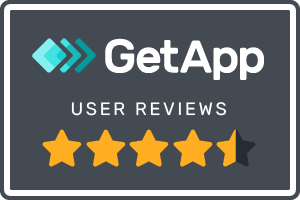
How to market your ecommerce store is a common question for millions of online business owners today.
With more businesses moving online, competition is fierce. Statista states global e-commerce sales are expected to reach $10.5 trillion by 2028.
You need smart marketing strategies that attract customers and increase sales to stand out. This guide will walk you through effective e-commerce marketing strategies to help your store grow in 2025.
You Might Also Like: How to Manage E-Commerce Inventory: 8 Tried and Tested Methods + Tools
Try SellerChamp for Yourself!
Want to make your flipping business easier? Request a demo of SellerChamp and see how it can help you list faster, manage inventory, and increase sales!

Why E-Commerce Marketing Matters
E-commerce marketing is more than just driving traffic to your store. It’s about attracting, engaging, and converting potential customers. With thousands of online stores launching daily, standing out requires a combination of organic and paid marketing strategies. Here’s why marketing is essential:
- Increased Competition: Over 30.7 million e-commerce sites exist globally.
- Changing Customer Preferences: Consumers expect personalized experiences and instant support.
- Higher Conversion Rates: Businesses that use data-driven marketing see 5-8x ROI.
1. Build a Strong Brand Identity
Before diving into marketing strategies, ensure your brand stands out. A clear brand identity helps customers recognize and trust you.
- Logo and Visuals – Maintain a consistent color scheme, logo, and fonts across all platforms.
- Brand Voice – Define your tone—whether it’s friendly, professional, or fun.
- Mission & Values – Showcase what makes your business unique and why customers should buy from you.
2. Optimize Your Website for Conversions
A well-optimized website ensures visitors turn into customers. Here’s what to focus on:
- Fast Loading Speed – 40% of shoppers leave if a site takes more than 3 seconds to load.
- Mobile-Friendly Design – Over 72% of online sales come from mobile devices.
- Clear CTAs (Call-to-Actions) – Make your “Buy Now” and “Add to Cart” buttons visible.
- Easy Navigation – Reduce friction in the buying process.
Must-Have Website Optimizations
| Feature | Why It Matters |
|---|---|
| Mobile Responsiveness | Most traffic comes from mobile |
| Fast Load Speed | Reduces bounce rate |
| Clear CTAs | Increases conversion rate |
| Secure Payment Options | Builds customer trust |
3. Make Most of SEO for Organic Traffic
Search engine optimization (SEO) is a long-term strategy that helps your store rank higher on Google.
- Keyword Optimization – Use relevant keywords like “e-commerce marketing,” “online store promotion,” and “how to increase online sales.”
- High-Quality Content – Write blogs, product descriptions, and guides to engage users.
- Technical SEO – Optimize site speed, fix broken links, and use structured data.
- Link Building – Get backlinks from trusted websites to improve your domain authority.
4. Social Media Marketing: Engage & Convert
Social media platforms are powerful for promoting products and engaging with customers.
- Instagram & TikTok – Visual platforms work best for showcasing products.
- Facebook & Twitter – Great for building a community and running ads.
- Pinterest – Ideal for lifestyle and fashion brands.
- LinkedIn – Useful for B2B e-commerce businesses.
Best Practices:
- Post consistently (at least 3-5 times per week).
- Use short videos and engaging visuals.
- Collaborate with influencers to expand reach.
5. Run Paid Advertising Campaigns
Paid ads can bring instant traffic to your store. The most effective platforms include:
- Google Ads: Use Google Shopping ads for product visibility.
- Facebook & Instagram Ads: Great for targeting specific audiences based on interests.
- Retargeting Ads: Remind visitors about products they viewed but didn’t purchase.
Paid Advertising Best Practices
- Set a clear budget and track ROI.
- Test different ad creatives and copy.
- Use audience targeting based on behavior and interests.
Tip: Retarget customers who have visited your site but didn’t purchase. Retargeting ads can increase conversions by up to 70%.
6. Email Marketing: Turn Visitors into Loyal Customers
Email marketing has the highest ROI—$42 for every $1 spent.
Email Types to Send
- Welcome Emails – Introduce your brand.
- Abandoned Cart Emails – Recover lost sales.
- Exclusive Discounts & Offers – Encourage repeat purchases.
- Newsletters – Share updates and new arrivals.
7. Influencer and Affiliate Marketing
Influencers and affiliates can help you reach new customers. A study by Influencer Marketing Hub shows that businesses earn $5.78 for every $1 spent on influencer marketing.
- Micro-Influencers: More affordable and have higher engagement rates.
- Affiliate Programs: Offer commissions to bloggers or content creators who promote your products.
Finding the Right Influencers
- Look for influencers who align with your brand.
- Check engagement rates, not just follower counts.
- Use influencer marketing platforms like Upfluence or AspireIQ.
8. Customer Reviews & Testimonials: Build Trust
93% of consumers read online reviews before making a purchase.
- Encourage Reviews – Request feedback via email.
- Showcase Testimonials – Add them to product pages.
- Use User-Generated Content – Share customer photos & videos.
9. Loyalty Programs & Discounts
Offering rewards keeps customers coming back.
- Points-Based System – Customers earn points for purchases.
- Referral Programs – Incentivize customers to bring in new buyers.
- Exclusive Discounts – For repeat shoppers.
10. Marketplaces & Multi-Channel Selling
Don’t limit yourself to one platform. Sell on Amazon, eBay, Etsy, and other marketplaces.
- Increases Visibility – More exposure to potential buyers.
- Diversifies Income Streams – Reduces dependency on one channel.
- Sync Inventory & Listings – Use tools like SellerChamp to manage multiple platforms effortlessly.
11. Live Shopping & Video Marketing
Live shopping is the future of e-commerce, with sales expected to hit $35 billion in 2025.
- Host Live Sales – Showcase products in real-time.
- Use Video Ads – Short product demos boost engagement.
12. Use AI & Automation for Marketing
AI helps businesses personalize marketing campaigns.
- Chatbots – Answer customer questions instantly.
- AI-Powered Recommendations – Show products based on browsing behavior.
- Automated Email Sequences – Keep customers engaged.
13. Track & Analyze Performance
Monitor your marketing efforts using analytics tools.
- Google Analytics – Track website traffic & conversions.
- Facebook Pixel – Measure ad performance.
- Email Marketing Reports – Improve open & click-through rates.
Schedule a SellerChamp Demo
Managing multiple marketing strategies can be overwhelming. SellerChamp simplifies the process by helping you automate inventory, manage orders, and grow your online store.
Request a Demo Now
Request a demo and learn how SellerChamp can automate and streamline your e-commerce!


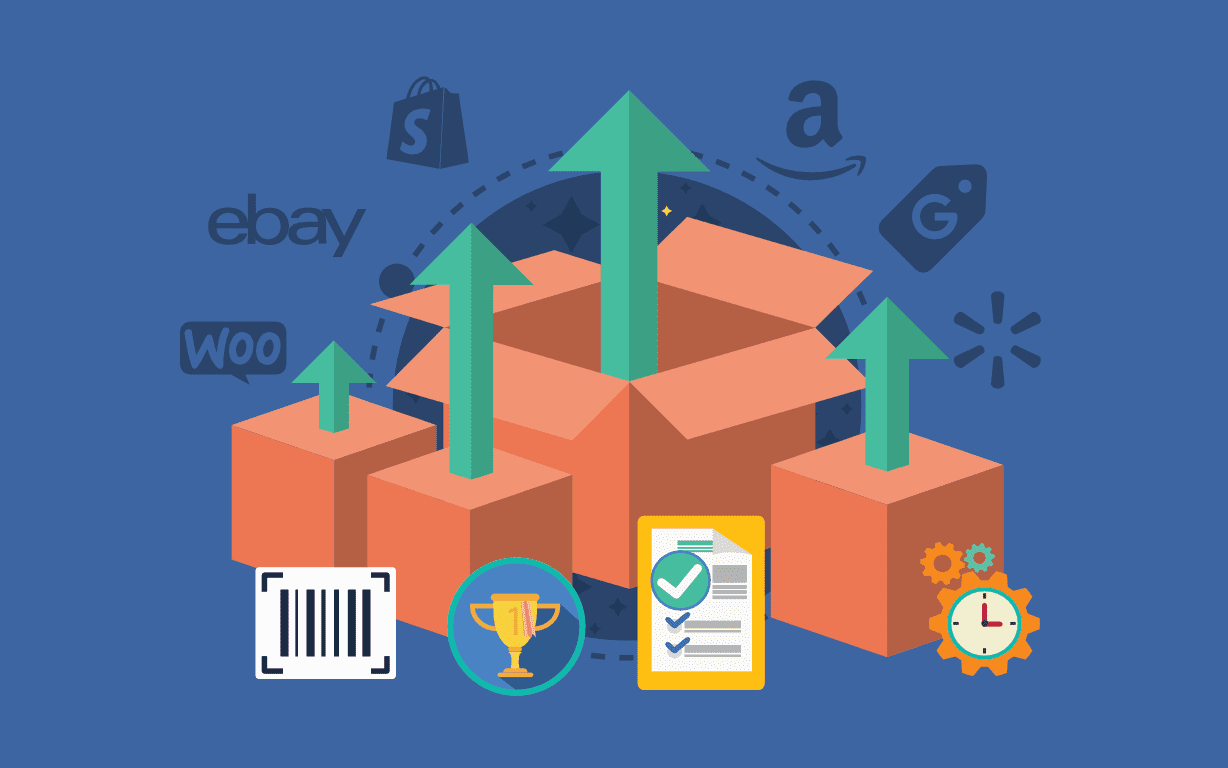
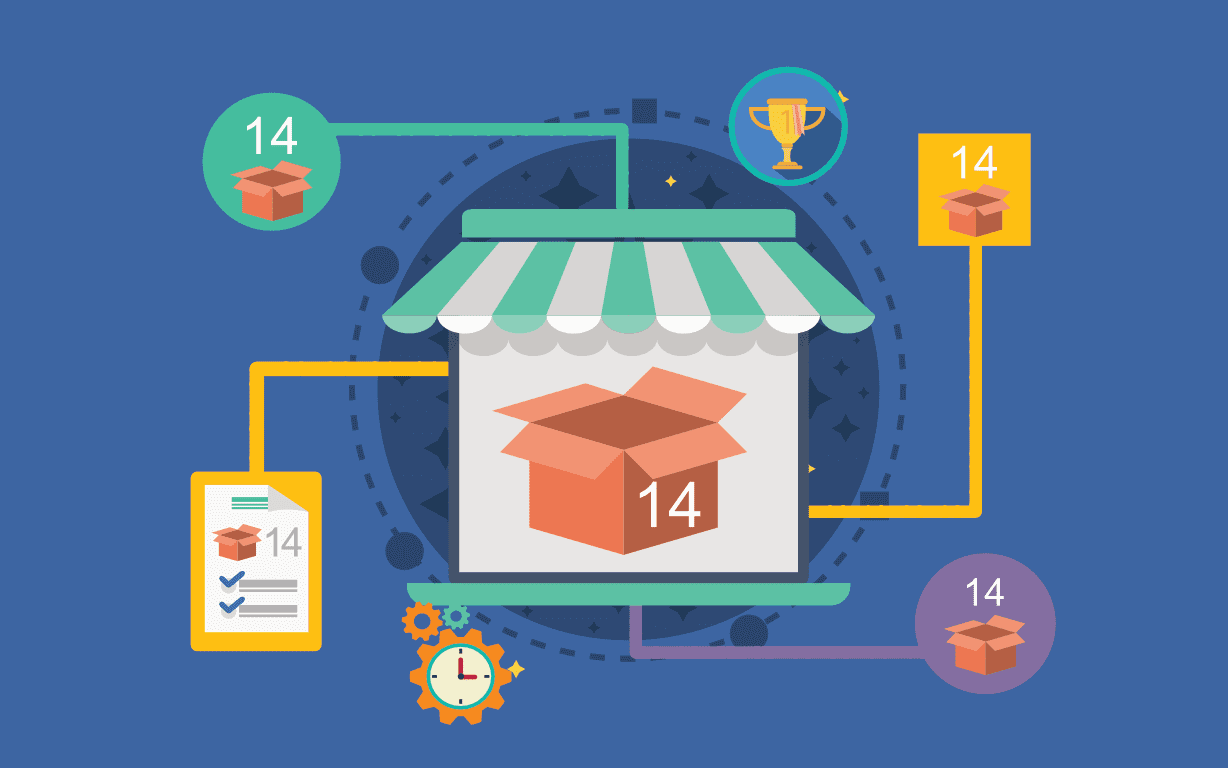
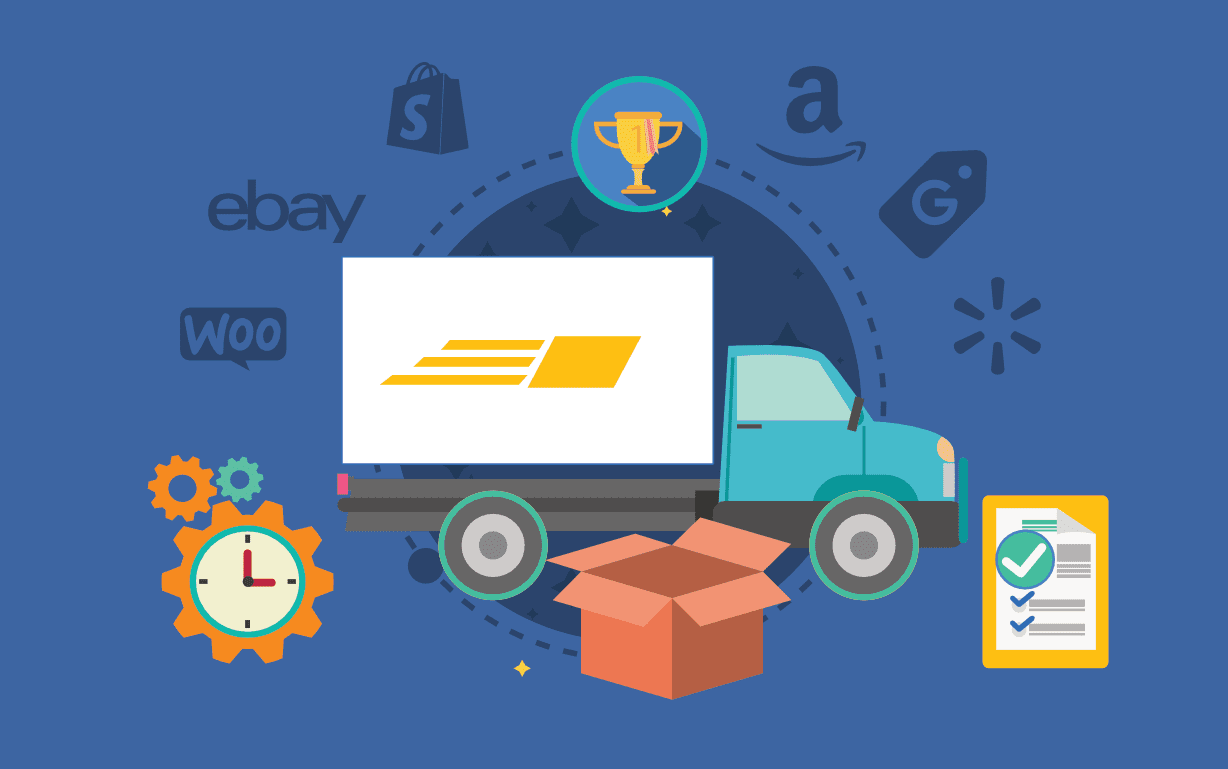
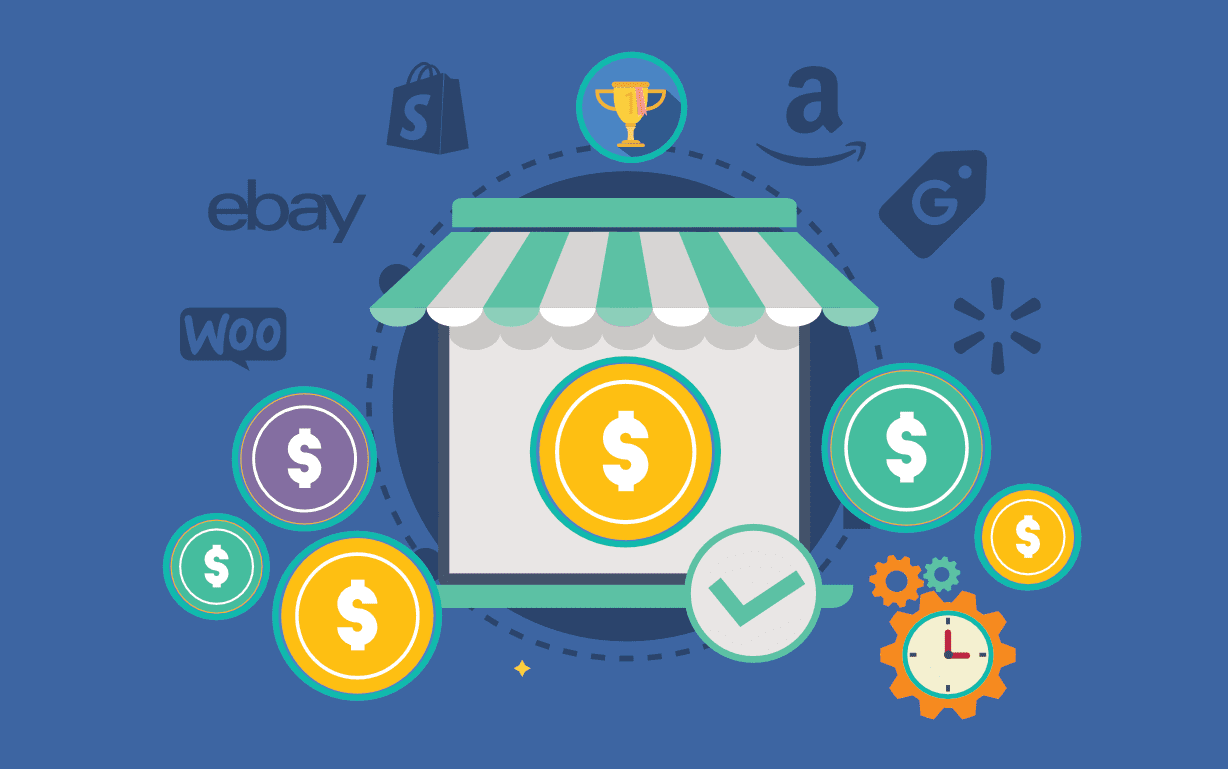
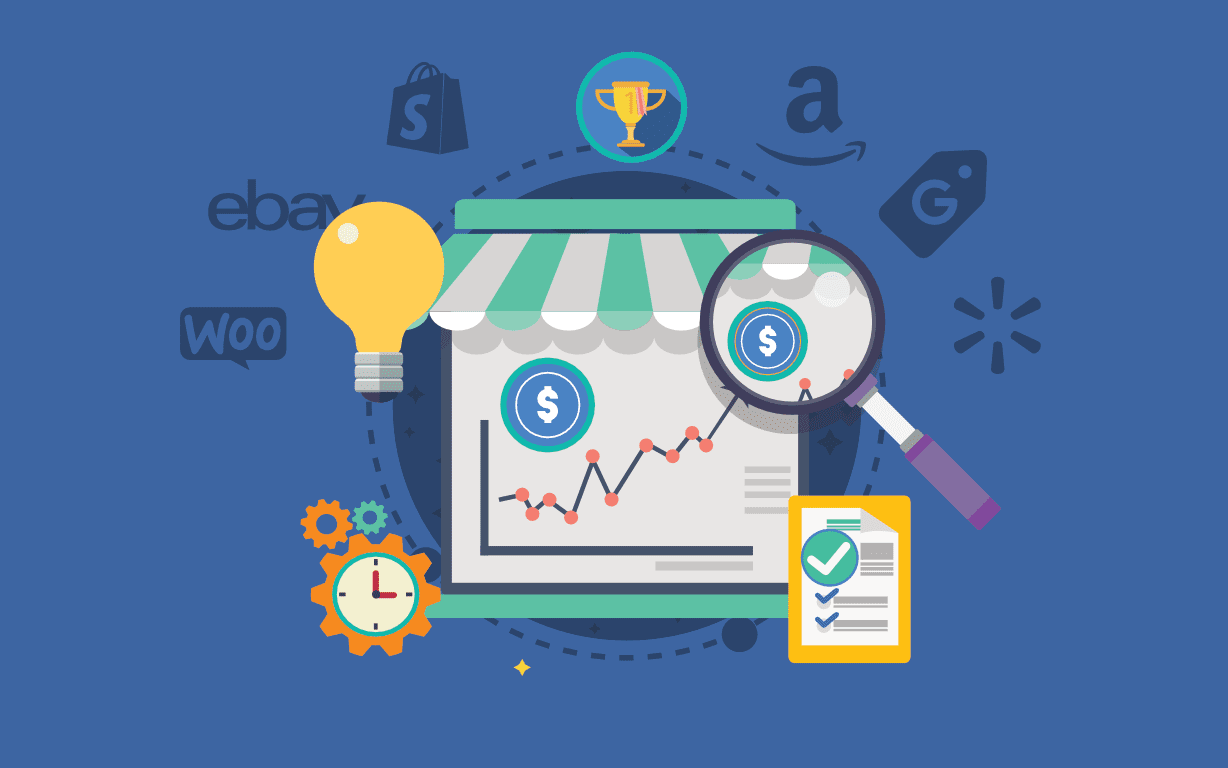
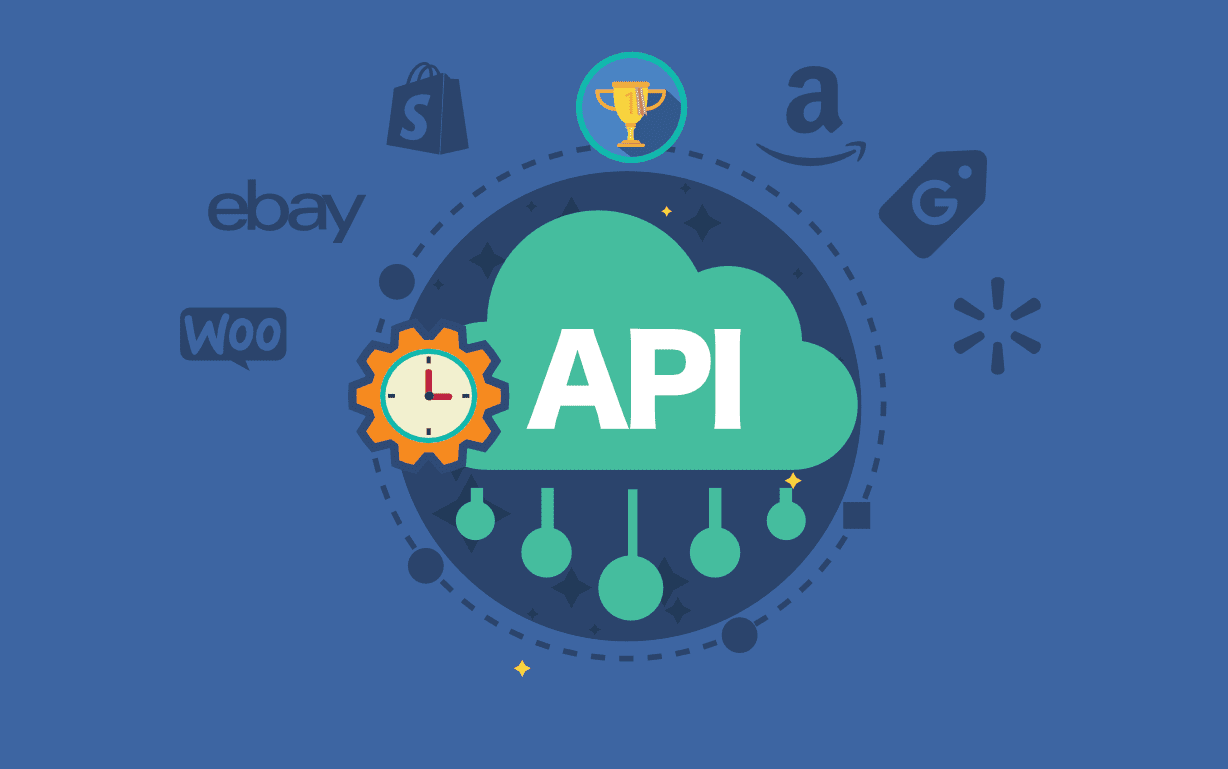

![Best Rated E-Commerce Automation Platforms and Tools [Updated]](https://sellerchamp.com/wp-content/uploads/2025/06/image4-1-600x315.png)





